How Loud Is 20 Watts Speaker
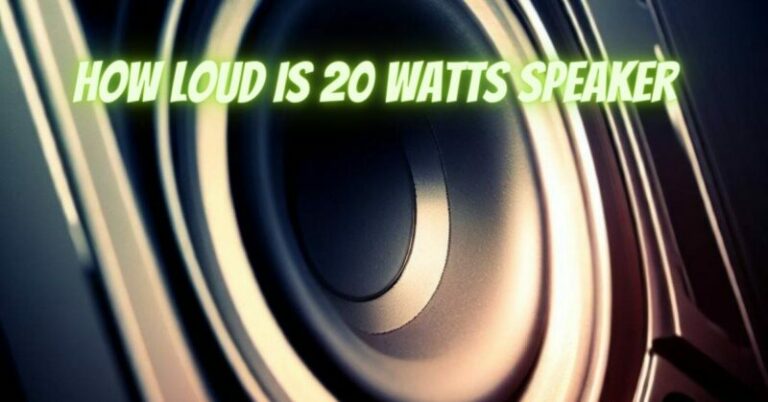
Imagine a summer evening, the smell of freshly cut grass hanging in the air. Children are laughing, chasing fireflies in the twilight. You’ve set up a small speaker on your porch, ready to play some music as the stars begin to appear, but you're unsure if it will be loud enough to fill the space without disturbing the neighbors.
Determining how loud a 20-watt speaker actually is involves understanding the interplay of power, distance, and the environment. While 20 watts might seem like a simple number, its perceived loudness is surprisingly nuanced, influenced by factors like speaker efficiency, room acoustics, and personal preference.
Understanding Speaker Power and Loudness
The wattage of a speaker refers to the amount of electrical power it can handle or, in simplified terms, the energy it uses. However, wattage isn't a direct measure of loudness.
Loudness is more accurately measured in decibels (dB), a logarithmic scale that represents sound pressure level. The human ear perceives sound on a logarithmic scale, meaning a small increase in decibels can translate to a significant increase in perceived loudness.
A 20-watt speaker's potential loudness depends heavily on its sensitivity rating, usually expressed in dB SPL (Sound Pressure Level) at 1 meter with 1 watt of input. This rating indicates how efficiently the speaker converts electrical power into sound.
For instance, a speaker with a sensitivity of 90 dB SPL @ 1W/1m will produce 90 decibels of sound when measured 1 meter away with 1 watt of power. A more sensitive speaker requires less power to achieve the same loudness.
Factors Affecting Perceived Loudness
Several factors beyond wattage and sensitivity influence how loud a speaker sounds in a real-world setting. These include the size and acoustics of the room, the distance from the speaker, and even the ambient noise level.
In a small, enclosed room, sound waves reflect off the walls, increasing the perceived loudness. Conversely, in a large, open space, sound waves dissipate more quickly, making the speaker sound quieter.
Distance plays a crucial role. Sound intensity decreases as you move further away from the source. A general rule of thumb is that for every doubling of distance, the sound level drops by 6 dB.
Environmental noise, like traffic or conversations, can also mask the sound from the speaker, making it seem quieter. This is why a speaker that sounds perfectly adequate indoors might struggle to be heard clearly outdoors.
Real-World Scenarios and Examples
So, in practical terms, how loud is a 20-watt speaker in different situations? Let's consider a few examples.
Home Office/Bedroom: In a small to medium-sized room, a 20-watt speaker with average sensitivity (around 85-90 dB SPL @ 1W/1m) can easily provide enough volume for enjoyable listening. It's perfect for background music while working or relaxing.
Outdoor Gathering (Small): For a small gathering on a patio or deck, a 20-watt speaker can be sufficient, especially if positioned strategically. However, ambient noise might require turning the volume up, potentially impacting sound quality.
Large Open Space: In a large backyard or park, a single 20-watt speaker is unlikely to provide sufficient volume to be heard clearly over a wide area. You might need multiple speakers or a more powerful sound system for such situations.
Consider a scenario where you're using a 20-watt Bluetooth speaker for a picnic. If the speaker has a sensitivity of 88 dB SPL @ 1W/1m, it will produce approximately 88 dB at 1 meter with 1 watt of power.
Increasing the power to 20 watts will add roughly 13 dB (10 * log10(20)), resulting in a sound level of around 101 dB at 1 meter. While 101 dB might seem loud, remember that this is at a close distance, and the sound will diminish as you move away.
Comparing 20 Watts to Other Speaker Sizes
Understanding how 20 watts compares to other common speaker wattages can provide a better sense of its capabilities. Speakers range from small, portable units with just a few watts to powerful amplifiers capable of delivering hundreds or even thousands of watts.
A 5-watt speaker, often found in portable radios or small Bluetooth devices, is suitable for very quiet environments, such as a personal office or bedside listening. A 50-watt speaker, commonly used in bookshelf speakers or small soundbars, offers a noticeable increase in volume and can fill a medium-sized room comfortably.
For larger spaces or situations requiring high volume, such as parties or live performances, speakers with 100 watts or more are generally recommended. These speakers can deliver a much louder and more immersive sound experience.
The Importance of Sound Quality
While loudness is important, it's essential to consider sound quality. A speaker that's loud but produces distorted or muddy sound is ultimately unsatisfying.
A good 20-watt speaker should offer a balanced sound profile, with clear highs, defined mids, and adequate bass. Factors like the speaker's driver size, enclosure design, and internal components all contribute to overall sound quality.
Reading reviews and listening to sample recordings can help you assess the sound quality of a speaker before making a purchase. It's often better to choose a speaker that offers good sound quality at a moderate volume than one that prioritizes loudness at the expense of clarity.
The Role of Digital Signal Processing (DSP)
Many modern speakers, including some 20-watt models, incorporate Digital Signal Processing (DSP) to enhance sound quality and optimize performance. DSP can be used to equalize the sound, compress the dynamic range, and prevent distortion at high volumes.
DSP can also compensate for the limitations of smaller drivers, allowing 20-watt speakers to produce surprisingly rich and full sound. However, it's important to note that DSP can't completely overcome the laws of physics. There's a limit to how much it can improve the sound of a low-powered speaker.
Choosing a speaker with well-implemented DSP can make a significant difference in the listening experience, especially at higher volumes.
Conclusion
In conclusion, a 20-watt speaker is capable of producing a reasonable amount of sound suitable for various indoor and some limited outdoor settings. Its perceived loudness is affected by a multitude of factors including sensitivity, room acoustics, and ambient noise.
While not ideal for large gatherings or noisy environments, a good quality 20-watt speaker can provide an enjoyable listening experience in smaller spaces. It emphasizes the importance of balancing power with factors like sensitivity, sound quality, and the specific context in which the speaker will be used. Ultimately, the best way to determine if a 20-watt speaker is loud enough for your needs is to listen to it in your intended environment and consider your personal preferences.
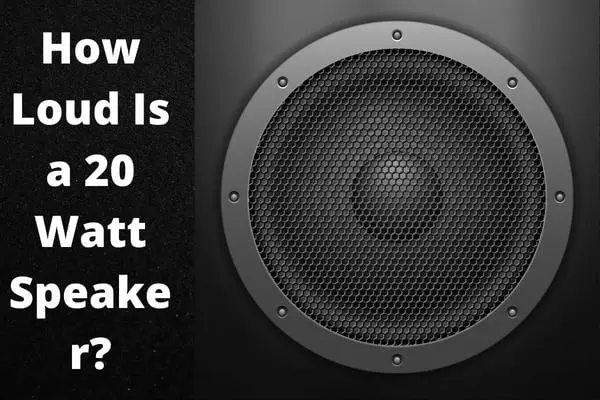

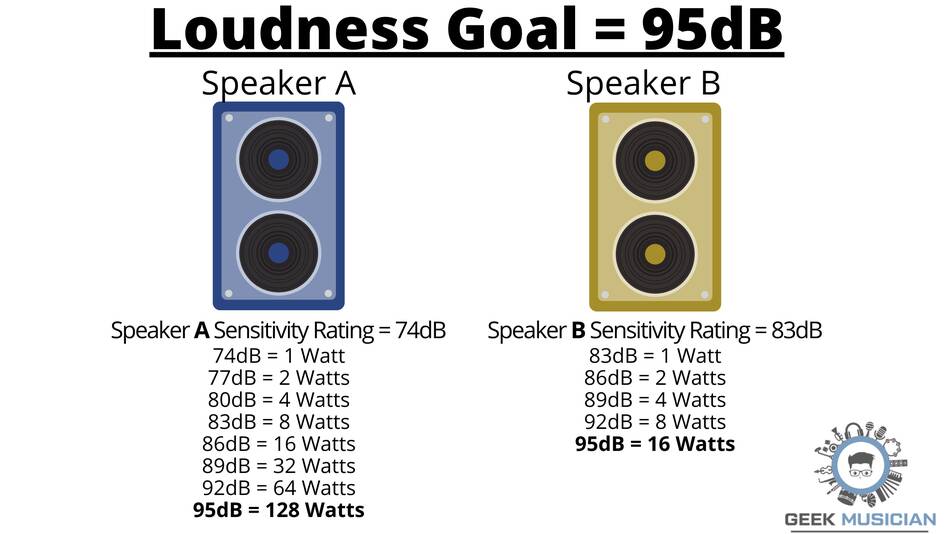
![How Loud Is 20 Watts Speaker How Loud is 5 Watts Speaker [Sound Quality]](https://guitarinsighter.com/wp-content/uploads/20-Watt-Speaker.jpg)

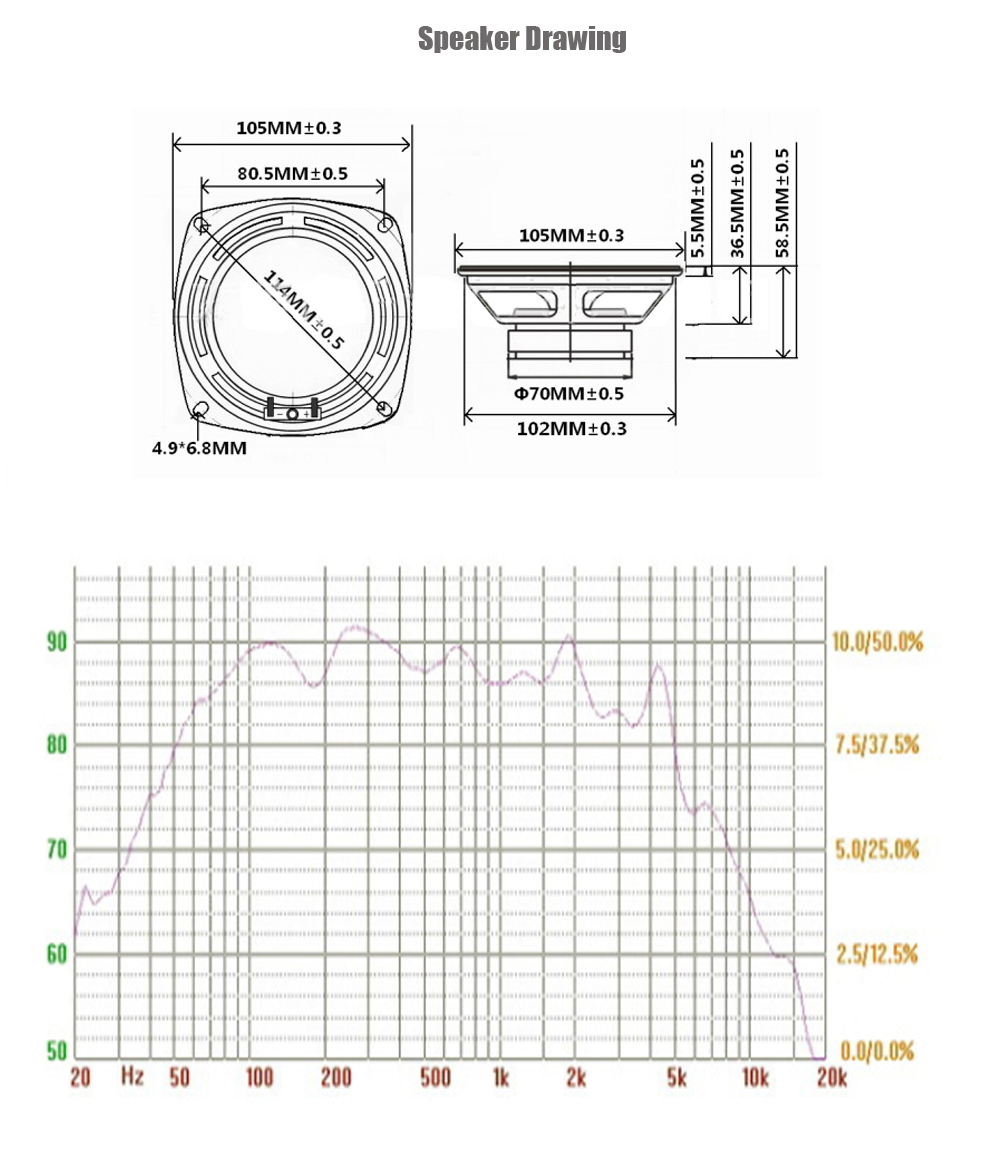
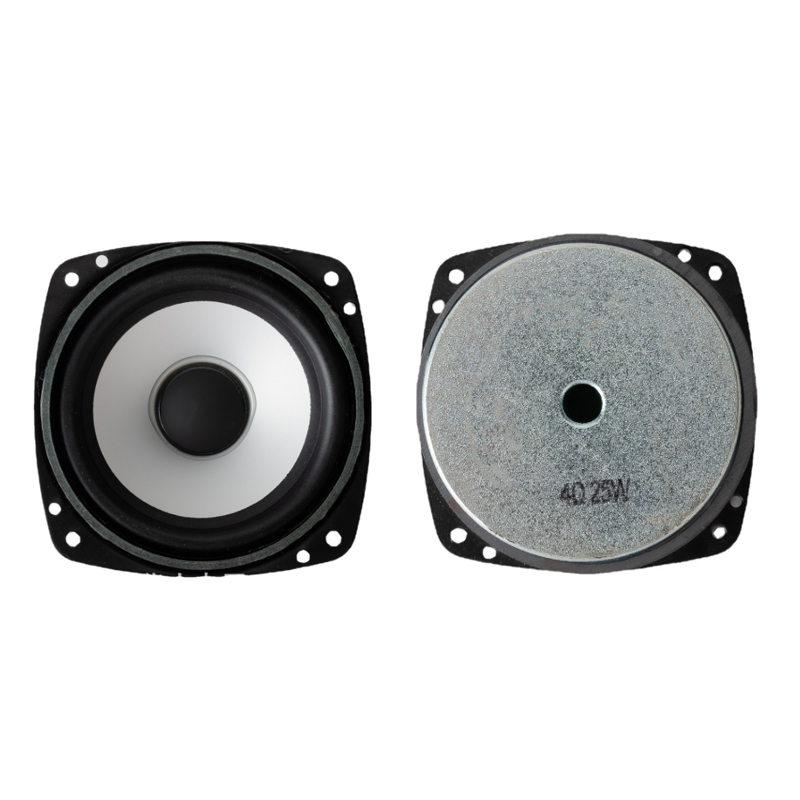
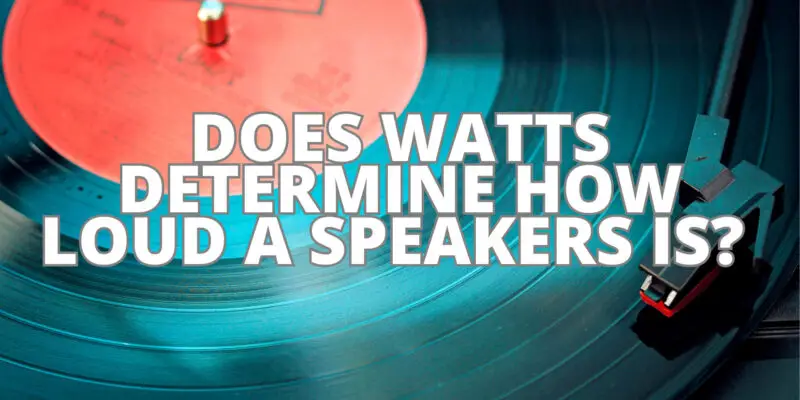



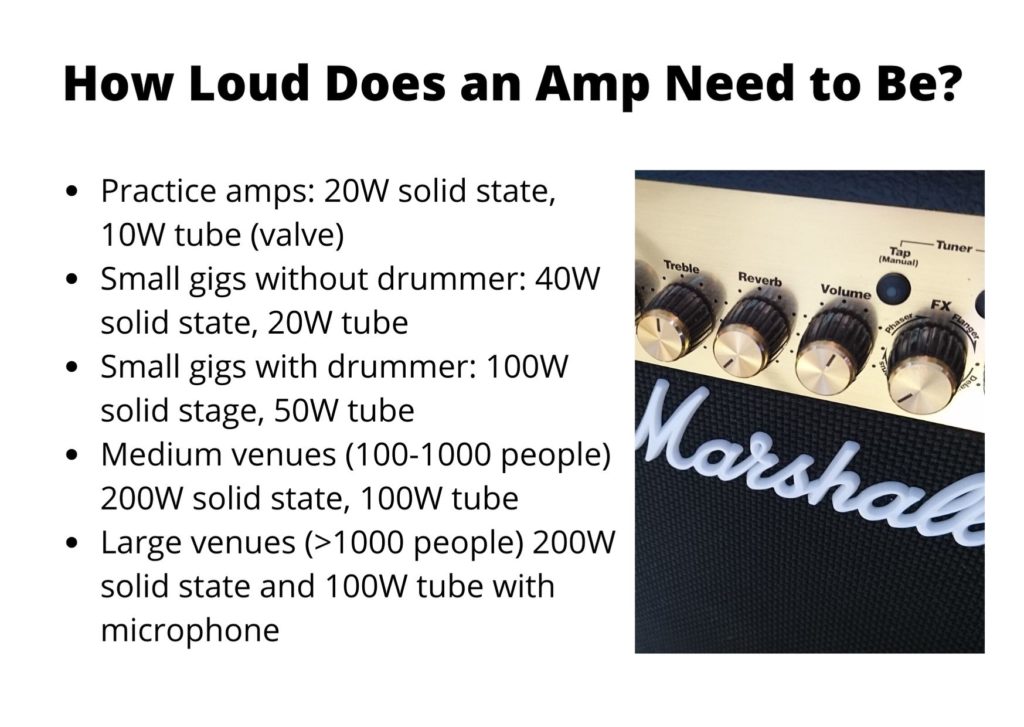


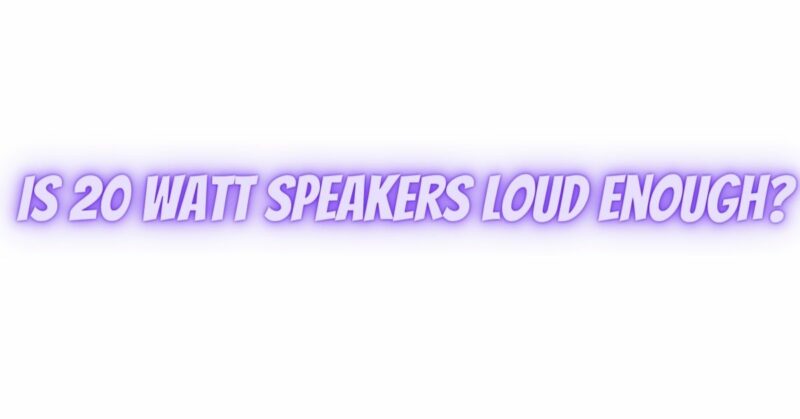
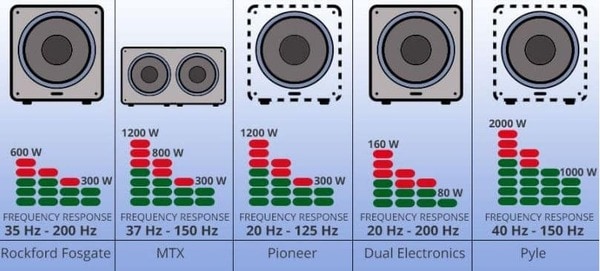
![How Loud Is 20 Watts Speaker How Loud is 5 Watts Speaker [Sound Quality]](https://guitarinsighter.com/wp-content/uploads/80-Watt-Speaker.jpg)
![How Loud Is 20 Watts Speaker How Loud is 5 Watts Speaker [Sound Quality]](https://guitarinsighter.com/wp-content/uploads/How-Loud-is-5-Watts-Speaker.jpg)
